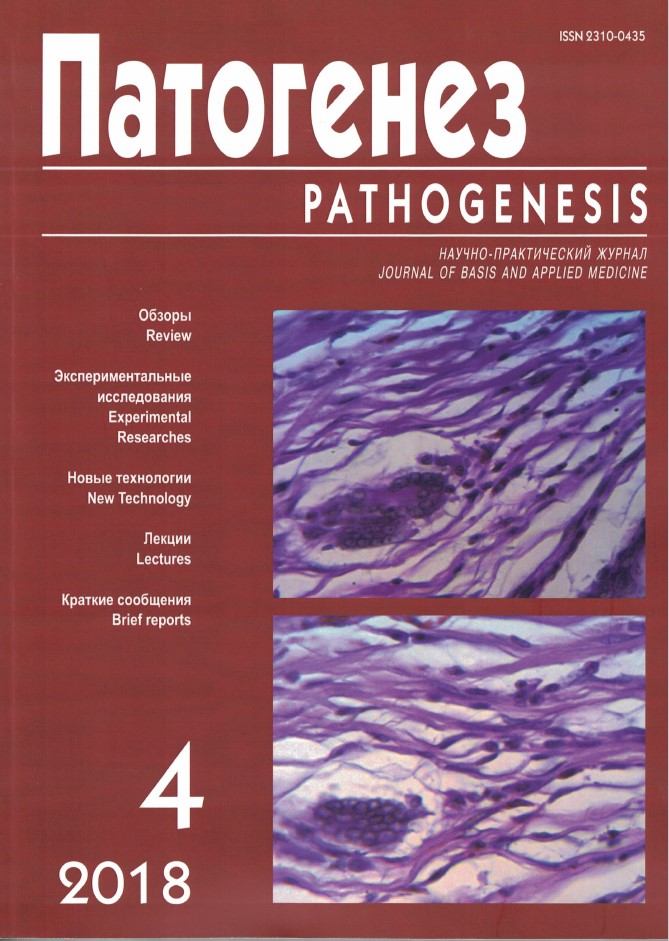Exercise and brain
Abstract
Life experience and numerous experimental and clinical data evidence beneficial effects of mobility and physical activity on maintaining human bodily and mental health. Moreover, many mental, neurological, and neurodegenerative diseases and conditions, such as stroke, brain trauma, and drug addiction, for which there are no effective pharmacological therapies, can be prevented, considerably alleviated or slowed by physical exercise. Modern neurology has identified a number of mechanisms, by which muscular movements provide preventive and curative effects, including synthesis of neurotransmitters, neurotrophins and other growth factors, stimulation of neuroplasticity, formation of new and recombination of old connections, angiogenesis, mitohormesis, and neurogenesis.



